9 Types of Bed Bugs You Need to Get Rid of Pronto
Author: Jen Worst | Editor: Omar Alonso
Review & Research: Jen Worst & Chris Miller
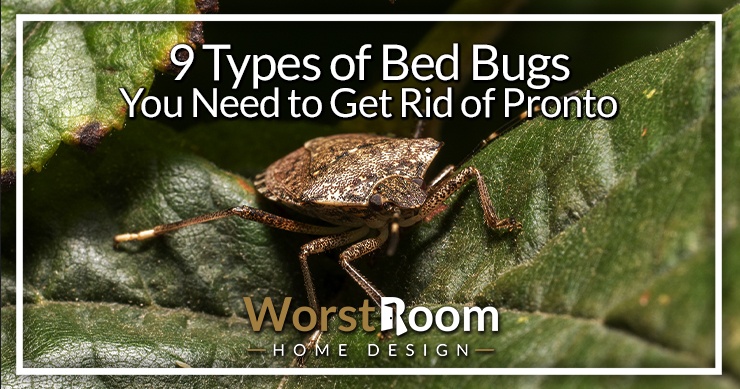
All the types of bed bugs collectively are a widespread species and member of the heteropteran family that can be found in almost every country and continent except Antarctica. Bed bugs are some of the most familiar human bloodsuckers.
They are mostly found in any living space, concealing themselves throughout the daytime and emerging at night to feed. They return to their hideout after feeding, and then they digest the meal. The digestion process might take several days.
Adult bed bugs can live for up to a year without any food. There are about 75 different types of bed bugs in the true bug order, Heteroptera, known to bite and feed on the blood of humans and other warm-blooded species. But they don't cause any severe health issues for humans.
9 Types of Bed Bugs
Although there are approximately 90 different species of bed bugs, only three bed bug types are known to feed on humans.
Cimicidae, the bloodsucking insect family, contains less than 90 species. Only three of these bed bug varieties feed on human blood:
- Cimex lectularius
- Cimex hemipterus
- Leptocimex boueti
Among all, C. lectularius is the most common species of bed bugs.
Cimex lectularius – Common Bed Bug
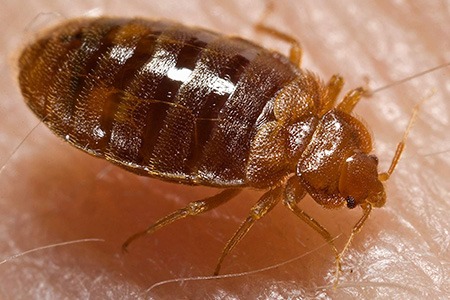
This species is the one that you are most likely to run into regardless of where you live on the planet. It's also known as the common bed bug or household bed bug.
The number of eggs that females can lay is around 500, allowing them to spread rapidly. They can flourish in any warm area and can be found almost everywhere around the world.
They love to hide in beds and feed only on human blood. Although, some of the common bed bugs can also feed on other mammals' blood. The only thing worse that finding a bed bug infestation is seeing common types of silverfish scurrying around in the shower with you.
Cimex hemipterus – Tropical Bed Bug
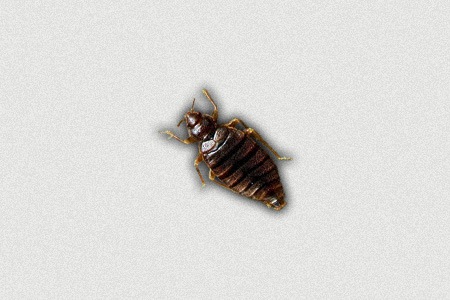
The tropical bed bug is the common name for Cimex hemipterus. This species also lives on human blood. Usually, the length of a tropical bed bug is 5.5 mm, and the width is around 2.5 mm. The females are usually larger than the males.
The flattened and ovular body shape with red or black-colored eyes is the distinctive feature of this bug. The similarities are more than the distinctive features of tropical bed bugs and common bed bugs.
So, it gets difficult to identify them without proper knowledge. Tropical bed bugs love to live in warm and humid environments.
Leptocimex boueti – Eastern Bat Bug
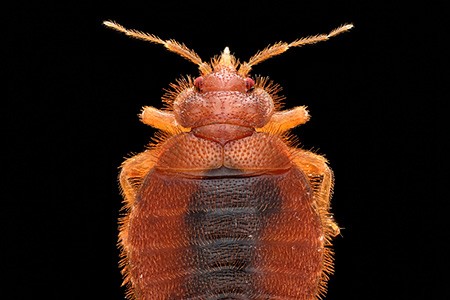
Like other bed bugs, Leptocimex boueti is not so widespread. It is mostly found in subtropical and tropical areas. That's why this species hasn't been able to spread around the world and is restricted to West Africa and South America.
As their habitat is quite restricted, they feed on bats instead of humans. These species don't live only on human blood. Most of the bugs feed on bats. However, these bugs will not leave a scope if they can lay eggs in human homes. You can think of them as types of termites for bat caves, almost.
Despite having differences in the habitat, these types of bed bugs have so many similarities to other species. From body shape, color, and eyes to size, you will find similarities in almost every feature.
These varieties of bed bugs are flat-shaped, and the body is also oval, like the other two species. They also have similar black or red eyes.
Oeciacus Vicarius – Swallow Bug
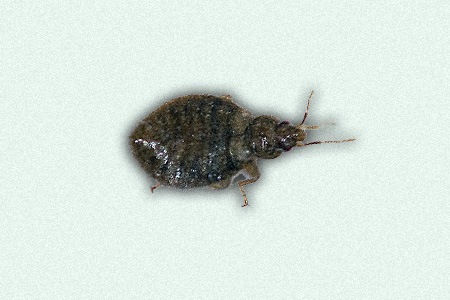
Both the bat bug and swallow bug can bite humans. However, they prefer to bite on bats and birds. So, if you have any of those two animals in your surroundings, you might see the presence of bat bugs and swallow bugs in your home.
It's important to point out that the swallow bug (and the bat bug) are neither in the same genus as bed bugs and they don't feed on humans either. They prefer birds and most especially swallows and will infest their beds, and by that I mean their nests.
Haematosiphon Inodora – Mexican Chicken Bugs
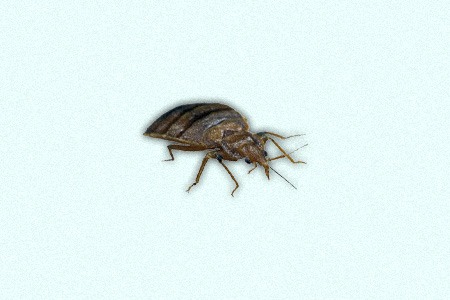
Sometimes referred to as simply Poultry Bugs, the Mexican Chicken Bug is very similar to a bed bug but has moved on from humans and found a livelihood infesting plants in the poultry business where chickens are grown and processed.
But these different kinds of bed bugs aren't the only ones as it has been found that even the common bed bug, that once preferred humans are now becoming interested in feeding on chickens. I suppose it's a much easier dinner for them.
Cimexopsis Nyctalis – Chimney Swift Bugs
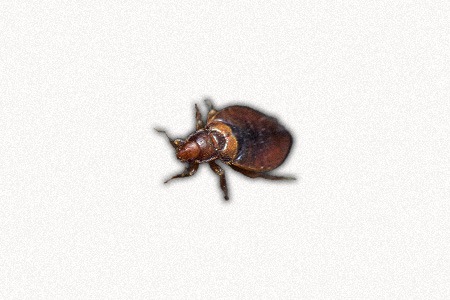
Again, similar to a bed bug but classified as different, the Chimney Swift bug has some differences to the initiated. Their legs are slightly longer than a common bed bug, they're active at all times of the day instead of juts at night, and they choose to live on the surface of your walls instead of on and in your mattress.
Hesperocimex Coloradensis – Colorado Bed Bug
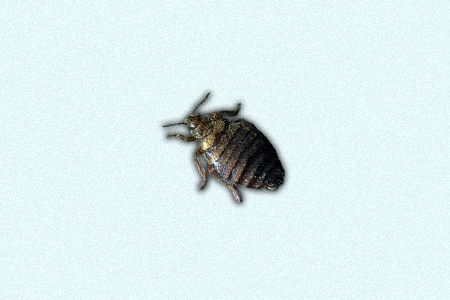
This is a legitimate bed bug that can be found between the West Coast of the United States and as far east as the Midwest. They prefer to annoy and feed on pygmy owls but will take advantage of any wild animal, bird, or bat they can get access to.
What separates them from the rest is that they'll actually make an effort to follow their host around instead of abandoning ship once a bird leaves its nest, for example. They also know to infest the places their prey will live, such as types of cactus that birds and bats nest in.
Primicimex Cavernis & Bucimex Chilensis
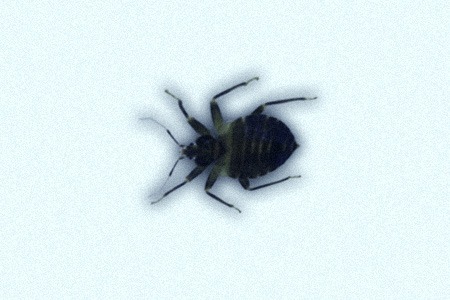
These different bed bugs are very similar to each other but differ from the standard bed bug. They have much longer legs, almost spider-like, and are both bigger in size. They're found in Central America and South America exclusively.
These different types of bed bugs know to hide inside cactus where they'll be able climb aboard bats, which then take them to bat caves as well. There are a bunch of bed bug species in the cimex family which really only vary by where they're found.
Ornithocoris Pallidus & Toledoi
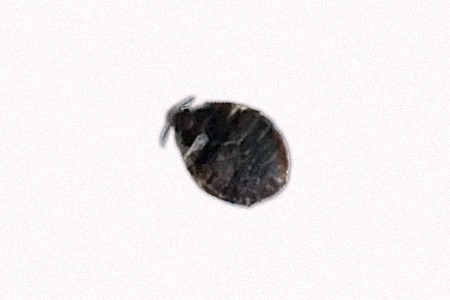
These varieties of bed bugs prefer to feed on birds and most specifically martins if they can find them. They're often found on chickens at poultry factories, too.
These bed bug types are found in warm climates closer to the equator in South America and the Gulf Coast of the United States. You can identify them due to their lighter brown coloration compared to standard bed bugs.
Bed Bugs Found in Different Regions
The common bed bug or household bed bug (Cimex lectularius) can be found all over the world. These insects are well adapted to human environments and prefer temperate climates. Several other pests have habits and appearances that are like bed bugs.
Proper identification usually requires magnification and experience distinguishing between different species.
The tropical bed bug varieties (Cimex hemipterus) feeds on humans as well but prefers warmer climates like Florida.
Bat bugs (Cimex adjunctus) have been available in tropical and temperate regions. This species primarily feeds on bats, but they occasionally feed on human hosts, especially if the preferred source is no longer available.
It is critical to identify those bugs without any expert. So, call for help if you suspect any signs of them. Mexican chicken bugs (Haematosiphon inodora) are mostly found on poultry farms. They may frequently come across the farm owners.
Bed Bugs & Their Identification
The first step in identifying and controlling bed bugs is knowing what to look for. Because many bugs resemble bed bugs, accurate identification is a critical first step in avoiding costly treatment for the wrong bug.
The bodies of all the different bed bugs are small, flat, and oval. They don't have any wings. However, adults have wing pads, which are not developed into functional wings.
They are brown, with a reddish tint to their bodies after feeding. Full-grown bed bugs move slowly and measure 4 to 5 mm. Homeowners frequently believe that bed bugs are too small to see with the naked eye.
Although the nymphs are small and difficult to see, the adults can be seen with the naked eye and can be found in the cracks and crevices where they hide.
Investigate If You Have Bed Bugs in Your Home
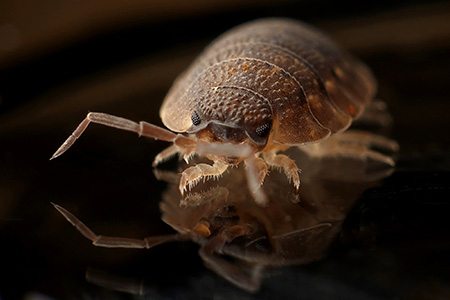
It is not necessarily that you'll find specific types of bed bugs in your bed only. They can be found in your old furniture, mattress, drawers, curtains, and a variety of other places around your house.
These different bed bugs are so tiny that it gets difficult to identify them with bare eyes. Mostly, you will recognize a few signs or symptoms from where you can be sure of having them in your surroundings. The most common methods of investigation are:
- You might experience itchiness while you sleep or lay on the bed.
- They can leave blood stains on your pillowcases or bed sheets because they feed on human blood.
- Bed bugs leave their excrement on bedsheets, clothing, curtains, or walls, which are rusty or dark in color.
- The bug sheds skin and lays eggs in the areas where they live, which is a major sign.
- Investigate if you smell any musty odor, as the bug has an offensive odor where they live.
Don't waste a single moment as soon as you suspect that your home might have bed bugs. Pull off your bedsheet and inspect it thoroughly. Then remove each and every element of your bedding and keep on checking.
Explore the whole area around the bed. Besides, the bug can also hide in your closet, bookshelf, carpet, etc. So, whenever you experience any of the signs, do a thorough inspection.
And, if you fail to find them but suspect that you have bed bugs in your home, don't delay calling pest control to get professional help.
Differences Between the Bed Bug Types
The different kinds of bed bugs are difficult to distinguish. The prothorax of common bed bugs is wider, with the margins being narrower than those of tropical bed bugs.
The pronotum hairs on bat bugs are extended compared to their eyes. Unless you have a microscope and are an expert, you won't be able to tell them apart since they have very few distinguishing features.
How to Get Rid of Bed Bugs
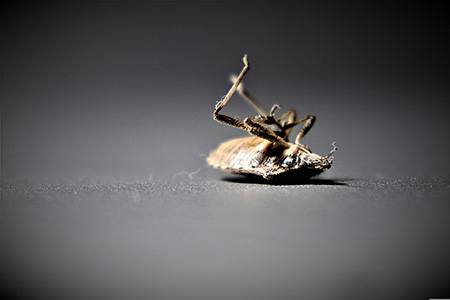
Bed bugs are among those stubborn bugs that are difficult to get rid of once they have infested a bedroom. And when bed bugs infest one room they tend to spread to others. High temperatures kill the bugs almost instantly.
So, after proper investigation, you should deep clean the suspected area. To end the problems you are having with bed bugs, do the following:
- The first step is cleaning. Wash your bedding, curtains, carpet, and clothing in warm water and put them in the dryer for at least 30 minutes.
- Clean any residue you find in your household that might belong to bed bugs.
- Vacuum the entire house properly and make sure no place is left free from cleaning.
- You can use some home remedies such as spreading baking soda or tea tree oil on your bed to get rid of them.
Most varieties of bed bugs not only grow on dirty or old furniture; you can find them on a clean surface as well. If you are still unsure about the deep cleaning, take professional help and let them do the work for you.
Different Types of Bed Bugs to Identify & Eradicate
Bed bugs can survive for up to a year without any food. So, it is not an easy task to starve them to death. And, if they infest the mattress, then it will be easier to replace the mattress than to get rid of the bugs. This will prevent them from spreading throughout the entire house.
Call in pest management experts no matter what diffreent types of bed bugs are biting you. A comprehensive treatment is required for effective bed bug control.
You'll Also Enjoy:
- 7 Plants That Repel Fleas & Provide Secondary Benefits You'll Love
- 6 Plants That Repel Ants Outdoors & Inside Your Home
- 10 Plants That Repel Mosquitos in Your Yard & Indoors
- 14 Plants That Repel Spiders Indoors & Outdoors With Little Effort
- 21 Plants That Repel Ticks: Fresh Smells We Love & Ticks Hate!



